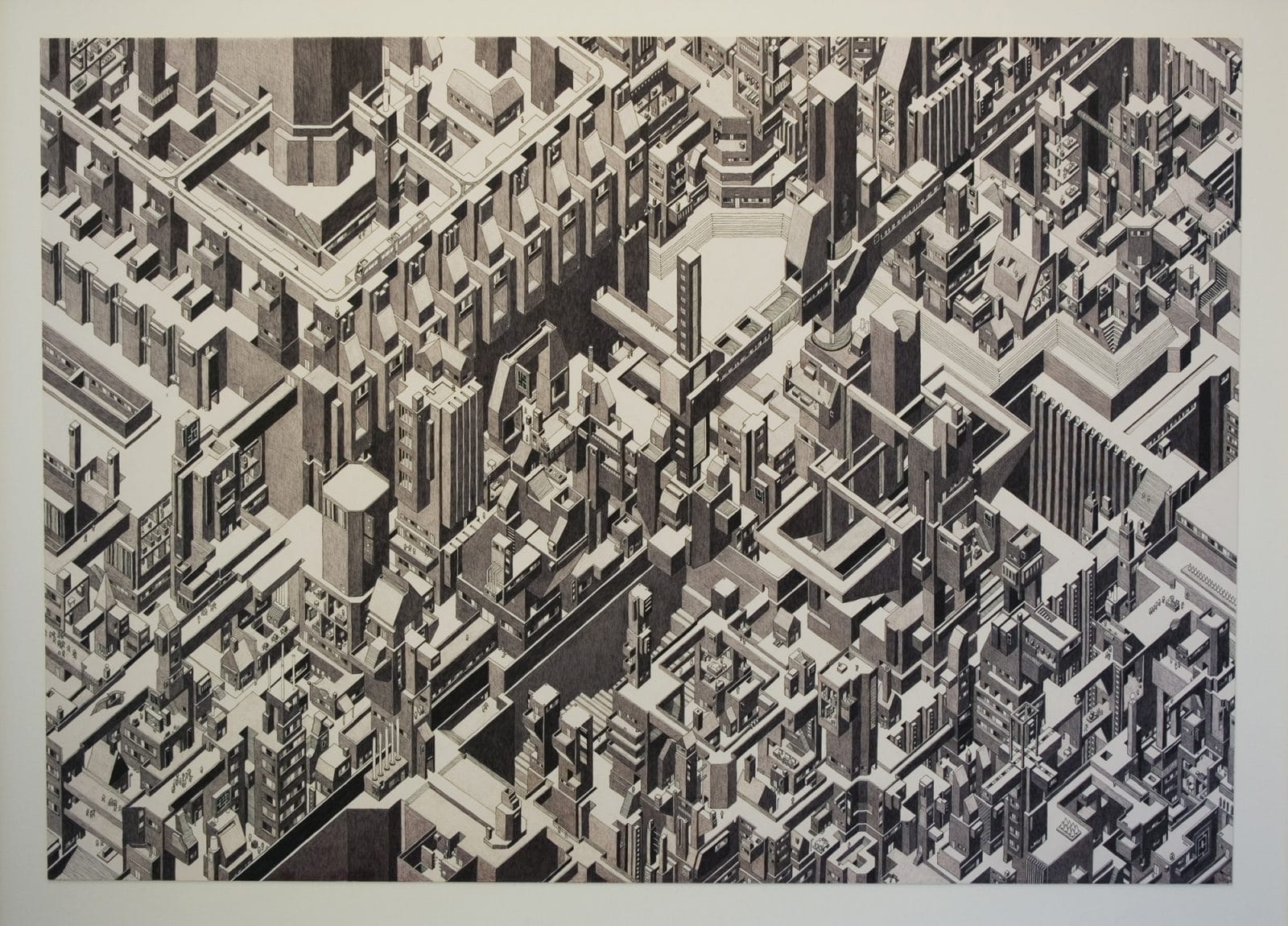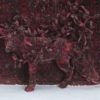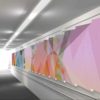Please welcome Kay Arne Kirkebø, our newest artist! Kirkebø works with drawings, videos and books, which are all connected through the act of drawing. His amazingly detailed cityscapes have enthralled us, and we hope that you will be fascinated too.
When Kirkebø starts on a drawing, there is no real plan in beforehand, on how it will turn out. Like his Norwegian fellow artist Kjell Varvin there is instead an investigation into the potential of lines and shapes, creating architectural structures and pathways. But unlike Varvin, Kirkebø´s investigations do not result in non-figurative forms, but rather in labyrinth-like cityscapes where everything is interconnected. As a whole his drawings reminds us of the “impossible” buildings and townscapes of Maurits Cornelis Escher´s (Dutch artist, 1898 –1972).
Kay Arne Kirkebø (f. 1979) was born in Førde. He graduated in 2014 with a MA in fine arts from the Academy of Art and Design in Bergen, where he now lives. Kirkebø has since exhibited on numerous occasions both nationally and internationally, and has received grants for both his art works and books.
At ArtLego Kay Arne Kirkebø presents works of minimalistic and extremely detailed isometric drawings, depicting city-mazes and interiors. Kirkebø has for a long time been interested in the aesthetics of architecture, pop culture and video games from the 90s, and fuses elements from all. Methods of technical drawing (engineering and architecture) have also had an important influence on the way he draws.
Through complex pattern and predetermined rules, towns emerge almost as organisms forming repeating structures in his pictures. Repetition and slowness are common themes both for the work process and the content of the drawings, as his largest works may take several months to draw.
Kirkebø enjoy drawing these fictional cityscapes, and gets a lot of inspiration from things he sees around him. – There are many impressive, architectural structures about, if you only raises your head and looks around, he states.
Kirkebø´s The Supervisors’ Final Announcement are drawings in ink and pall point pen, portraying imaginary interiors with small human figures of undefined gender and identity. The title suggests that the pictures – numbered one to sixteen – should be read as a narrative. This also applies for his MegaCity pictures, but although some architectural elements are repeated, the scenes reveals little of context, leaving it to the viewer to reflect on the connection between one picture and the next.
As a whole Kirkebø´s drawings reflects a chaotic, cold and alienated society, with narratives difficult to decipher. The people are unidentifiable, the interiors seems disconnected from their surroundings and it is impossible to pinpoint location or nationality of the cities. Thus they emerge almost as a scene from a Kafka novel, picturing long-forgotten events in claustrophobic landscapes, seemingly without beginning or end. Despite this, like Kafka novels they hold great beauty, and we are proud to represent him!




